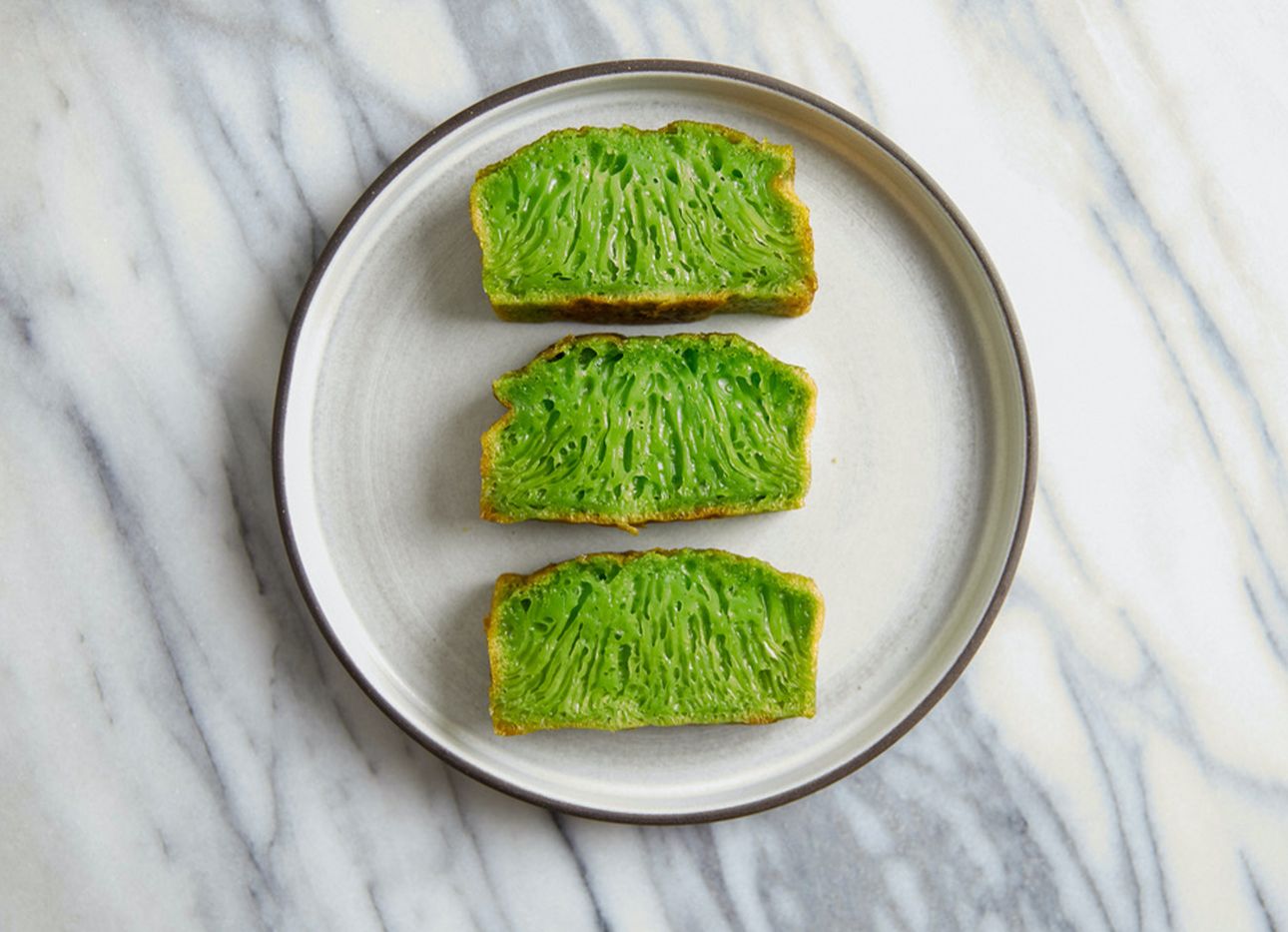
Family Is a Central Ingredient in Lauren Tran’s Toothsome Vietnamese Desserts
Last March, pastry chef Lauren Tran was furloughed from her job at New York City’s Gramercy Tavern—just four months after winning the beloved restaurant’s annual Thanksgiving pie competition with a coconut-pandan pie layered with lemongrass whipped cream. Later that year, her father, who lives in Seattle, where Tran grew up, was rushed to the hospital after experiencing chest pains, prompting Tran to move back to the Pacific Northwest. While caring for her dad, whom she credits with introducing her to the French pastries of his colonial-era childhood in Da Nang, Vietnam, and the abundant Vietnamese bakeries around Washington State’s capital, Tran found her pandemic silver lining by launching Bánh by Lauren, a line of traditional Vietnamese desserts, enhanced with her epicurean flair, that she sold in boxes at pop-ups around town. (They swiftly became known for commanding around-the-block lines and near-immediate sellouts.) Encouraged by the response, the chef recently returned to New York to proffer her creations, including steamed bánh da lợn layer cakes, crunchy fried sesame balls, and tropical fruit macarons, her not-too-sweet take on the classic French cookie. Here, Tran talks about the role her family and her heritage play in her toothsome treats.
“In forgoing medical school in favor of pursuing a career in food, I defied what’s expected [of a young adult] in a traditional Asian family like mine. So it’s really awesome to now hear Vietnamese Americans tell me, ‘Your family must be so proud of you for highlighting our culture!’ Then they say they’re surprised to read coverage of my desserts on Eater.com and in the Seattle Times. We’re not used to seeing our culture featured in the mainstream.
Many of my baking ideas originate with my family. For instance, I won the Gramercy Tavern competition with a pie crust that was inspired by my dad’s love for Petit Beurre biscuits, and a filling that came about after my sister asked what I could do with chiffon cake. I constantly look to my mom for guidance in my new venture, as she can recall every ingredient from her upbringing in the north of Vietnam.
Intentionality is something I took away from my first job in the food industry, where I worked as a server, and later a pasty cook, at Momofuku Ko in Manhattan. I knew I wanted to showcase Vietnamese desserts—not a fusion interpretation of them—and to distill the flavors of my childhood in a modern way, with my choice of ingredients. Freshness is a given in Vietnam, where grannies sell small-batch sweets on the streets and everyone eats them the same day. Mass-production capabilities in the United States extended the lifespan of Vietnamese desserts, but not for the better. I feel like I’m taking a more traditional approach to pastries while [evolving them for today]. For example, I use organic sugar instead of palm or coconut sugar, like they do in Vietnam, and my pastry boxes are compostable.
I love using my work to expose people to new flavors. The sampler box that Bánh by Lauren is built around includes an array of distinct Vietnamese textures. Chewy, crunchy, sticky—it’s all in there. In Vietnamese baking, the finesse is all in the texture. To that, I add my fine-dining experience: I cut bánh bò nướng, [a baked pandan rice cake], like you would a lemon loaf, to maximize the textural and visual experience of its honeycomb interior; on top of xôi vò—sweet, glutenous short-grain rice mixed with finely ground mung beans, a distinctly Vietnamese ingredient—I sprinkle sugar and fried shallots. It’s fun to watch my baking act as a kind of bridge, introducing new savors to some while giving others the taste of home.”